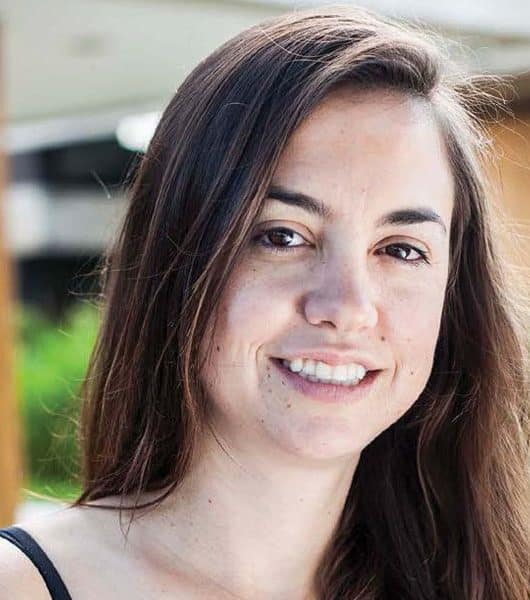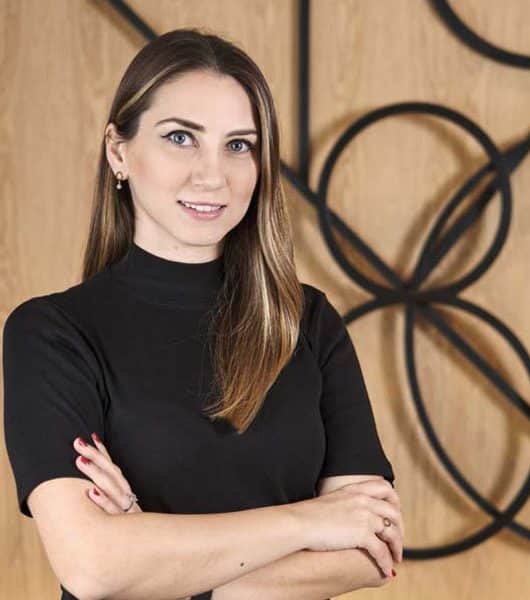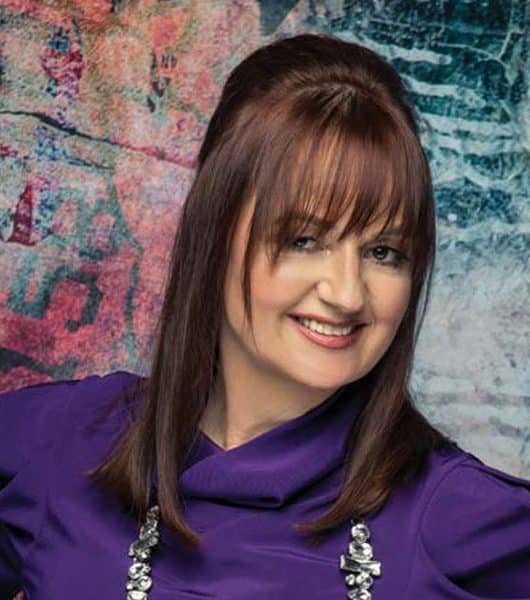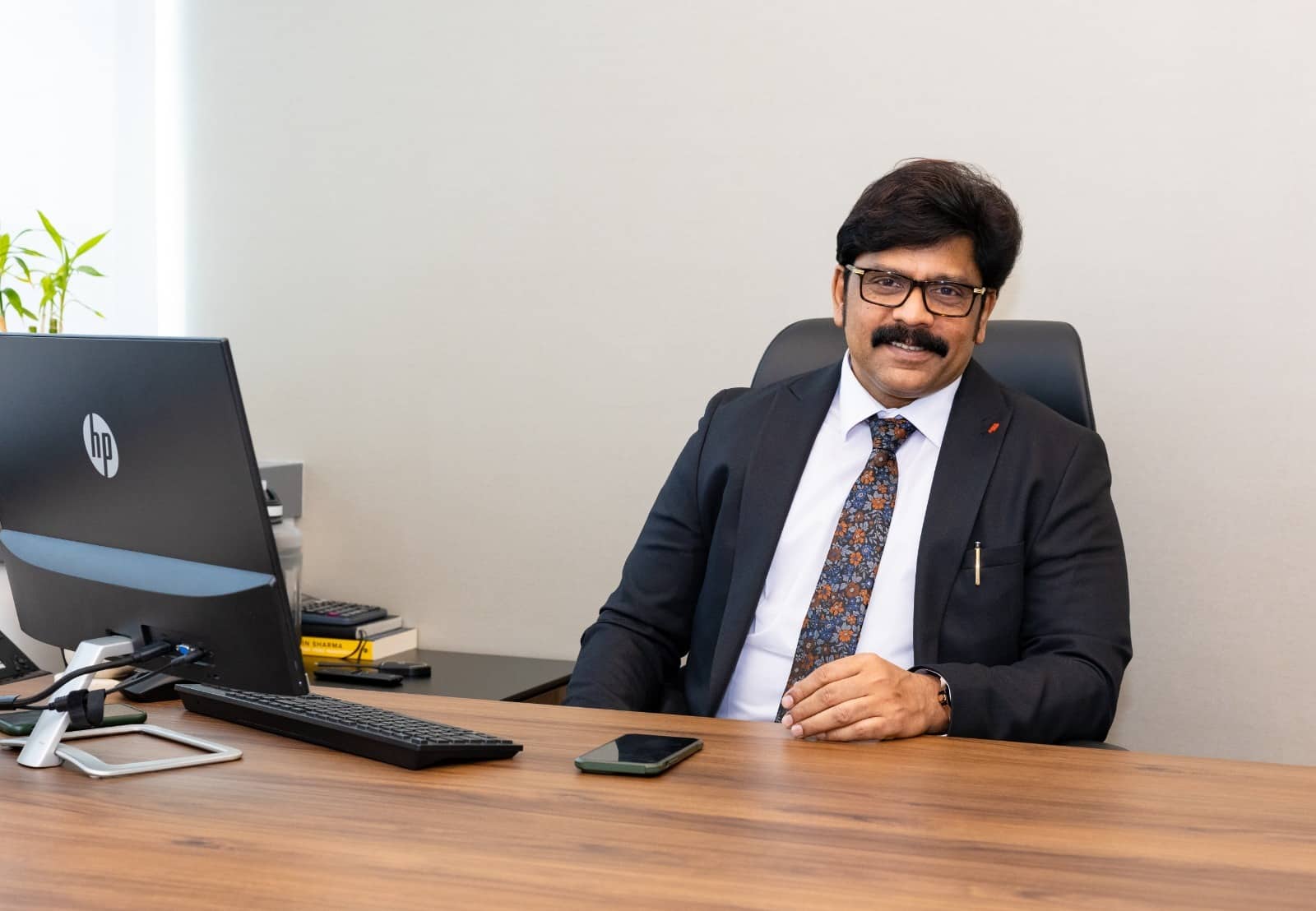Powerlist Creative 30 2022 : Sandra Woodall DESIGN DIRECTOR TANGRAMGULF

Sandra Woodall is a passionate environmentalist, architect, urbanist, and researcher based in the Middle East for over 25 years and is the design director at tangramGULF, who deliver diverse social infrastructure projects in the MENA region.

Her following work demonstrated the usage of traditional materials and methods of construction in the regeneration and development of Sharjah’s historic Arts and Heritage Area, ensuring that traditional building construction techniques were used in the development of the House of Poetry, which was one of the very last new-build projects in the UAE to utilise traditional coral stone and timber construction techniques and practices.
In the 2000’s she designed a series of 11 community based social infrastructure projects delivered in 7 years across Dubai, in the heart of growing neighbourhoods, incorporating contextually contemporary solutions that address climatic responsive design with passive sustainable principles in a fabric first approach and designed the first ever Green-Roofed government building in Dubai.

Buildings are positioned to offer shade to pedestrians through sikkas which channel the cool wind to the pedestrian areas, and courtyards.
The airstreams are directed across water pools to collect droplets which are naturally carried and evaporate on impact to cool the high-performance glazed facades, shaded with contemporary mashrabiyas to further reduce solar gain.
Traditional materials were used in a contemporary manner, providing thermal mass and storage to sink and dissipate heat during the cool evening period.
Key to sustainable approaches is the introduction of nature to promote good health and wellbeing for the benefit of all building occupants and is a key element for all of tangram’s projects, where the therapeutic effects of biophilic design is incorporated.
Currently under construction is the cancer hospital for women and children in Algeria, where the design of the healing environment draws from the surrounding forest landscapes. Woodall introduced an atrium containing a winter garden for patients at the country’s first ever Stem Cell Transplant Unit. Here immunosuppressed children must endure months of isolated inpatient recovery and are accommodated in healing pods that are built into the garden to benefit from views that are encapsulated by nature.
tangram’s further expansion into North Africa recently saw their studio in Cairo open, where they have been invited to design a new “Hospital of the Future” prototype for Egypt’s New Republic. Designed in accordance with the World Health Organisation’s 7 elements of a climate friendly hospital, tangram are working to achieve a radical reduction in carbon, energy, water, and waste footprints.
Bringing a new green strategy to the physical building stock, introducing a range of MMC delivery options in a factory to frame approach. In our commitment to collaborative project working, we are embracing digital technology to move seamlessly from concept to construction, reducing risk and 33 HOSPITAL OF THE FUTURE SPACES IN THE METAVERSE, designed using AI by Tangramgulf. This is the Metaverse virtual consulting room. WOODALL is a Fellow of the Royal Institute of British Architects, the Royal Society of Arts, an academician at the United Kingdom’s Academy of Urbanism, and the RIBA Regional Ambassador for sustainability and promoting and developing British skills on a global scale. optimising cost and programme along with minimising the impacts that the building has on the environment, key for the delivery of any future hospitals which are the very microcosms of our cities, as we design for adaptability, disassembly, and reuse.
We are working to develop a visionary approach that remodels and redefines healthcare delivery peeling away the areas within the clinical setting that need not be in a costly, physically built space, developing a reduced footprint solution that becomes a “hospital without walls.
This next generation of healthcare facilities will be more resilient and through telemedicine platforms which have grown in familiarity and usage over the last couple of years, will be better connected to smarter, digitised, intelligent ecosystems within both the city, the community and home. Utilising affordable remote diagnostics and monitoring via sensors, apps, and equipment connected to smartphones.
To support this healthcare innovation that is embracing MedTech and acquiring a new digital identity that utilises Artificial Intelligence (AI), and using technology as an exponent of sustainability, the spaces for hospital without walls’ clinical consultations are proposed to be located in the Metaverse. No longer limited to the “playground” methodology that was first envisaged, patients will be able to meet remotely with their clinical teams within AI designed spaces developed by the newly formed tangramMETA team. No longer incorporating the costs of structure, of building fabric or of building and medical services installations. Calming interior designs and music can be produced to support the healing environment that is within a virtual location that does not impose on any other patient or staff activity within a costly clinical setting.
Woodall describes: “Architects and designers are facing a paradigm shift in the way that we design, the responsibility to deliver more environmentally, more efficiently and of a better quality than we ever have before really is a challenge. The speed and complexity of innovation and change has never been seen at the levels that we need to address right now; we must transform what we deliver and reimagine our cities of the future.”







